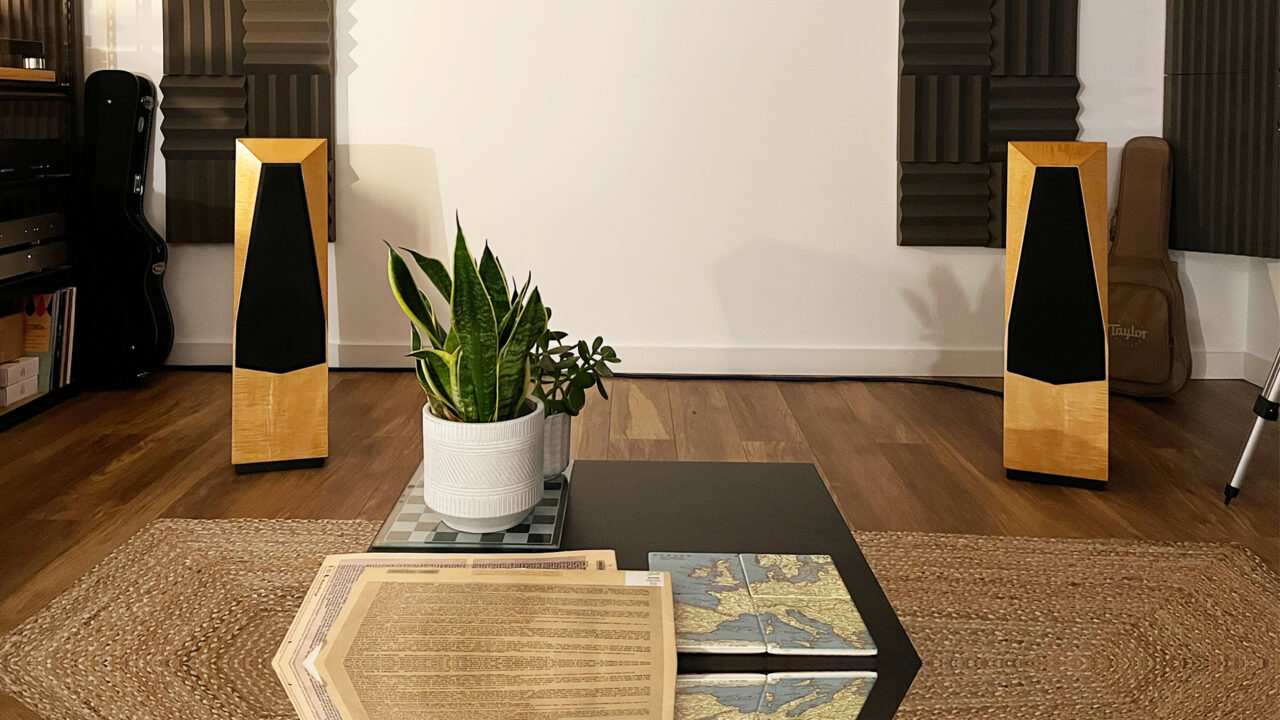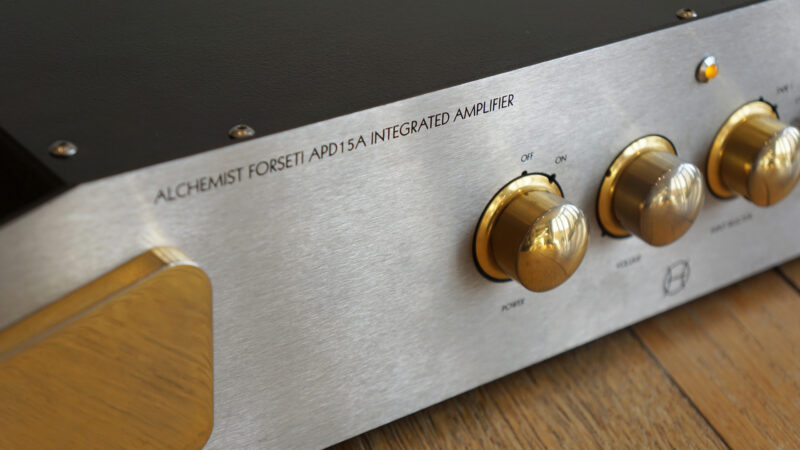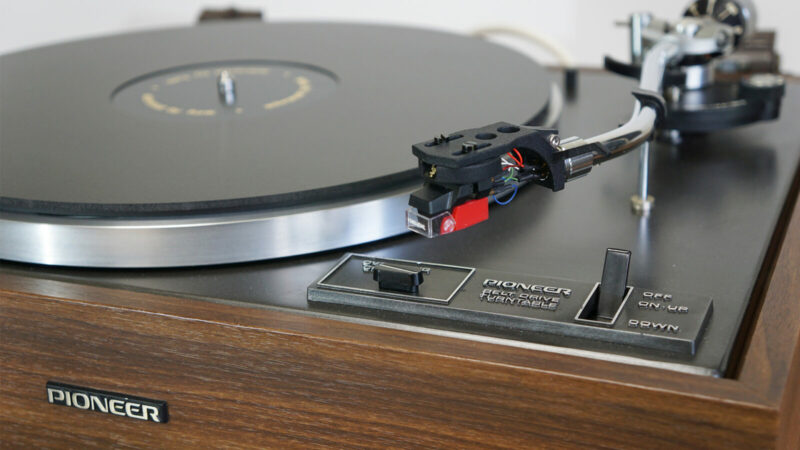When it comes to hi-end loudspeakers, some brands fly under the radar more than others in UK markets. Boulder’s Avalon Acoustics is one such company, with limited mainstream hifi media coverage in recent decades, while still carving out an admirable reputation for those fortunate enough to have experienced them.
Avalon’s distinctive Avatar look just as eye catching now as they did a quarter of a century ago
Originally founded by the late Charles Hansen (who went on to found Ayre Acoustics in the early ’90s), the brand’s distinctive cabinet designs and audio ethos have remained consistent up to the present day under current owner Neil Patel, who has expanded and evolved the model line-up and approach, while staying true to the Avalon’s roots.
This means that although each new iteration continues to push the boundaries of loudspeaker design, they are at the same time immediately recognisable at a glance as Avalon’s. I can think of but a few names in hifi that command similar recognition from those in the know, with SME, Michell Engineering and McIntosh being obvious contenders, alongside Jeff Rowland’s amps (who coincidentally owned Avalon for a short while).
New angle
What immediately sets Avalon’s loudspeakers’ stall out is their faceted and sloping back cabinets, designed to minimise the front baffle’s impact while time aligning their drivers (with the tweeters being set further back than the mid/bass drivers, so that each speaker’s high and low frequencies arrive at the listening position at the same time).
You can view the current model ranges on Avalon Acoustics’ website, where its latest Precision line up rubs shoulders with legacy products.

Avalon Acoustics’ early range, with the Avatar representing its entry level floorstander
The main difference between Avalon’s early offerings and the models that followed is a shift from sealed to ported cabinets (alongside changes to their tweeters and drive units). Higher spec models also added more angled facets to their front baffles as time went by.
The Avatar being dusted off today was the brand’s entry level floorstander during these early days and can trace its DNA back through the slightly taller Acrus that replaced it and the more recent Idea which followed, which moved to twin mid/bass drivers, rather than a single mid/bass woofer. There was also the brief run of the NP2 Evolution, which had a more standardised cabinet design to keep costs down for those seeking a first step into Avalon territory. But it’s the models with angled cabinets that really tell the world you’re in the company of something special.
Rear sloping cabinet is pure Avalon, aiding time alignment of its high and low frequency drive units
While I can’t say for sure what exact year the Avatar was released, 1998’s hifi press has it priced at £4,495 per pair (equivalent to over £10k today), with the Arcus that replaced it costing £6,000.
An over 32kg each its immediately clear the Avatar’s cabinet profile isn’t just for show, with the front sloping baffle being made up with layers of veneered MDF plus internal bracing, helping to account for their weight. To put this into context, each Avatar is almost 4kg heavier than Bowers & Wilkins’ latest 703 S3 which we tested back in March, despite the Avalons being 24cm shorter (at 88cm vs 112cm for the Bowers).
While the Avatars look purposeful with their front grilles removed, Avalon recommended leaving them in place when listening
A purist’s two-way design, the Avatar’s air moving hardware is comprised of a single 8″ (203mm) Nomex/Kevlar woven bass cone that dominates the front baffle which tapers to accommodate it. Above this (some 380mm away) sits a 1″ (26mm) titanium dome tweeter, in place of the ceramic type that came later. This also gets its own protective mesh cover, which lives under the main grille and can be removed when in use.
A proper grilling
The grille is also key to the Avatar’s acoustic performance, housing a dense acoustic anti-diffraction felt. Therefore if you’re hunting down a used pair of Avatars (or other Avalons) ensuring the original grilles are part of the package is vital.
1″ titanium dome tweeter with and without its protective mesh cover
The final two elements of the Avatar’s design are just as quirky. Firstly there’s the trio of large coned metal spiked feet (one for the front and two for the rear) which I’ve not included in my pack shots, to save my floor from puncture wounds when photographing. These go way beyond your average spikes of the time and as we all know, it’s much easier to ensure an equal footing at three equidistant points than four.
In contrast the connecting terminals that reside in a recess on the speaker’s underside are the stuff of nightmares. Not only are they inaccessible without laying the speaker on its side (and risking marking the cabinet), while they accommodate bi-wiring, the terminals are an uncommon screw-in type. A quick rummage in my hifi spares box soon offers up a more practical solution with some homemade dedicated fly leads and banana sockets. It’s a sobering thought to wonder how many Avalons of old ended up damaged or worse by eager owners simply trying to connect them up.
Original connector block now fitted with homemade fly leads using OFC cable and 4mm banana sockets for an easier connection
Performance
As with most hi-end loudspeakers, spending time positioning the these for optimum performance pays dividends, and Avalons of old are more sensitive than most in this respect. (In fact their original manual was longer than your average novel with detailed guides to help you get this right.)
Set them up so-so and they’ll sound decent enough, perhaps like you’d expect for a hand finessed speaker of this quality, and I imagine many owners were content with this and stopped here. But spending time getting them perfectly positioned in your listening space pays dividends, because when you find their sweet spot, they simply disappear into the soundstage, replaced by imaging to die for, even by the standards of today’s hi-end loudspeakers.
For me this means 84cm from a rear wall in my 6.8×4.8m space with enough toe-in to cross their axis 30cm behind my listening position. Hearing Björk’s Desired Constellations from her Medusa album at a meagre 16-bit/44kHz via Qobuz is breathtaking in how the Avatars render the realism of her vocal performance. This is the track which first turned my ears some years ago to a pair of these speakers, and hearing it again confirms that my audio memory hasn’t been swayed with rose tinted earmuffs. All that transparency, openness and ‘like she’s in the room’ drama is there, right down to the delicate way they capture her Iclandic lilt drawing breathe between lyrics.
8″ bass drivers look just as modern 25 years later, formed from a Nomex/Kevlar weave
I got the power
Perhaps more so than today’s generation of Avalon, its models of yore welcome plenty of power to get them truly singing. Not enough watts and again, they’ll sound good, if a little flat and uninvolving compared to the hi-end competition. But serve them 100W and more of clean Class AB power and they’ll really start to open up, which I put to the test with my legacy Alchemist APD 15A amp.
Via this pairing, Badbadnotgood’s Time Moves Slow (featuring Samuel T. Herring) at 24-bit/96kHz is brought to life with an an echoey, dreamy vocal performance that sits forward of the accompanying pin sharp percussion, with a captivating balance of accuracy and heartfelt musicality, revealing how enjoyable and capable this amp still is. Swapping the Alchemist out with a Musical Fidelity M6 pre/power combination brings extra watts and balanced circuitry to lift everything up a level. The Avatars’ dynamics are served up with more impact thanks to how the M6 power amp grips and works their 8″ bass drivers.
Loading up my VPI Scout 21‘s platter (running a Micro Benz ACE SH pick-up and Houdini isolator via a Primare R32 phono stage) and Beth Orton’s Sugaring Season LP sounds as beguiling as you’d expect with these speakers. Sure the vocals and piano give me plenty to wax lyrical about but it’s the low frequency control that grabs my ultimate attention. When that initial bass guitar string’s pluck kicks in during the first chorus, the control with which it’s delivered is a continuation of the Avatars’ effortless transparency. Nothing is over emphasised, nothing exaggerated for effect, instead it’s all about presenting a natural performance, which brings a real honesty to the music.
If there’s an album that gets to the essence of these loudspeakers it’s my 1969 ‘pink rim’ pressing of Fairport Convention’s Unhalfbricking. Hearing the career defining Who Knows Where The Time Goes? and the Avatars’ imaging, bass control and electrostatic like dynamics combine for a show stopping treat of a performance. I may be listening to an album from half a century ago, on loudspeakers 25 years old, but there’s nothing dated about how captivating it still sounds.
In summary
Reviewing long retired products is both the easiest and most challenging job in hifi, as it runs in stark contrast to the day job of exploring if, why and how the latest gear improves on the last generation. But what it also reveals is that quality lasts, and we’ve all got those moments etched into our hifi memories of hearing a defining piece of music on a system that stays with you, like a stunning view you weren’t expecting when you’re out on a drive.
The Avatars are that moment for me, and it’s puzzling why this brand isn’t even more renowned in hi-end circles. If you can find a pair of these or other used Avalons of yesteryear and have the partnering gear to do them justice, they’re a speaker for life, providing you’ve the space to accommodate them and patience to set them up.
With thanks to the NAG-Fi audio club for introducing me to these some time ago and their owner, a trusted hifi guru and a great friend.











